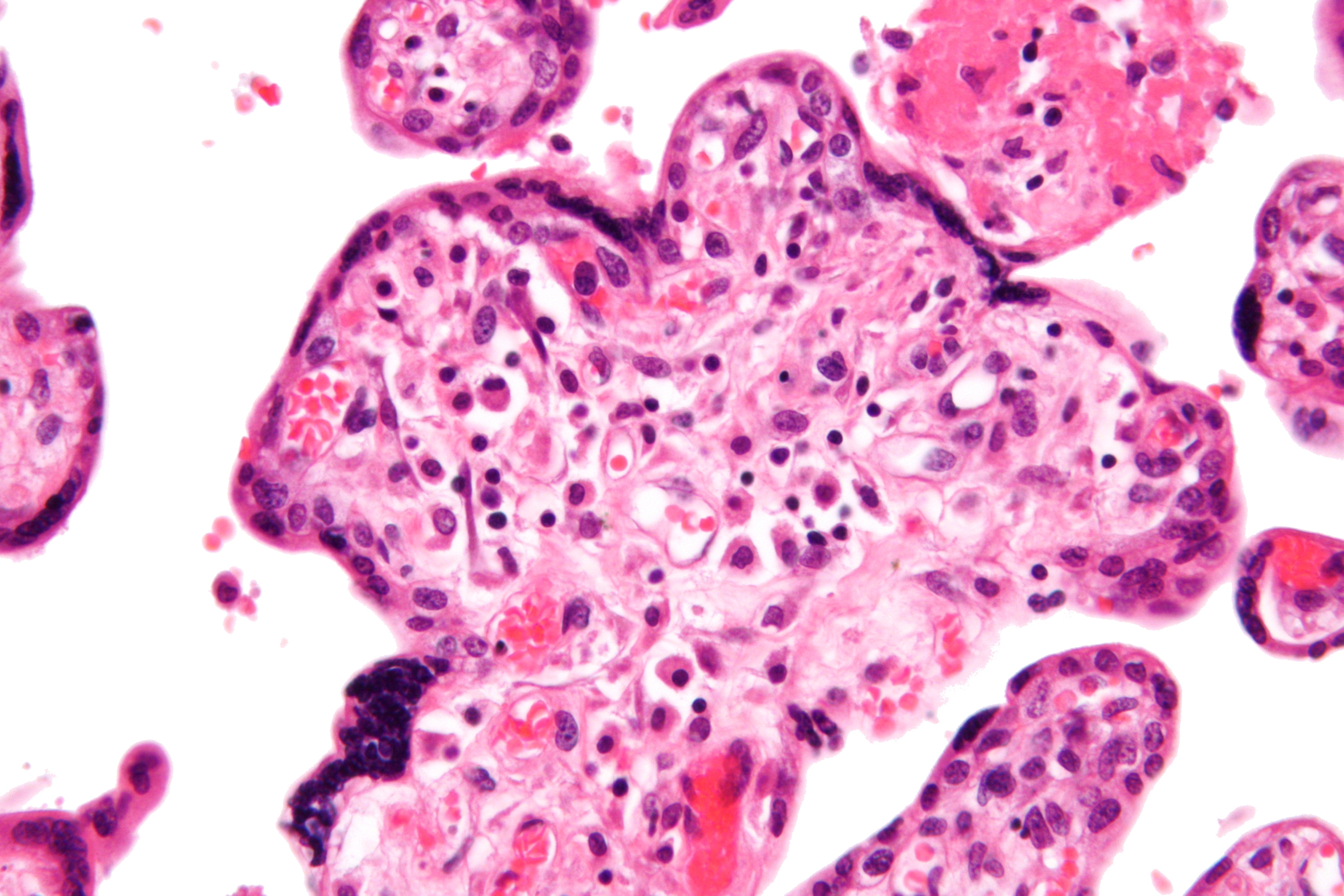Role Of Doppler Studies in Evaluation Of Intrauterine Growth Restriction and Prediction Of Adverse Perinatal Outcome
Main Article Content
Abstract
Background: Fetal growth restriction is associated with an increased risk of perinatal morbi-mortality and long-term complications; therefore, antenatal detection and surveillance with the optimization of delivery timing are necessary to improve pregnancy outcomes. Serial ultrasonography (US) for the evaluation of fetal growth and assessment of uteroplacental and fetoplacental circulation with Doppler studies are used to guide pregnancy management decisions.
Purpose: To study Doppler parameters in diagnosed intrauterine growth-restricted pregnancies and to correlate them with perinatal outcomes.
Methodology: The study included 63 pregnant patients with intrauterine growth-restricted fetuses in their third trimester who have attended OPD, got admitted to antenatal wards and labor room, and been referred to the Department of Radiodiagnosis bythe Department of Obstetrics and Gynaecology, Krishna institute of medical sciences, from January 2020 to June 2021. Doppler US evaluation was performed following a detailed clinical history, US biometry, assessment of amniotic fluid, and placental maturity.
Results: The study group was stratified into six categories based on the severity of the Doppler abnormalities and was assessed in terms of adverse perinatal outcomes. There was a significant increase in the frequency of adverse perinatal outcomes with the worsening of Doppler parameters. The positive predictive value of categories V & VI was 100% and the negative predictive value of category I was 100%. UA AEDF/REDF, DV A/R “a” wave, and UV pulsatility showed statistically significant associations with perinatal mortality. UA AEDF/REDF was more sensitive than DV A/R “a” wave and UV pulsatility in predicting perinatal mortality. However, DV A/R “a” wave was more specific than UA/AEDF/REDF and UV pulsatility in the prediction of perinatal mortality. Cases with mild Doppler abnormalities had a higher rate of adverse perinatal outcomes than those with marked Doppler abnormalities. IUGR cases with abnormal Doppler had a statistically significant higher risk of oligohydramnios than those with normal Doppler. Asymmetrical IUGR cases had a statistically significantly higher rate of adverse perinatal outcomes than symmetrical IUGR cases.
Conclusion: Multivessel Doppler ultrasonography can effectively stratify IUGR fetuses into risk-based categories and has a higher prognostic value. Therefore, rather than using a single Doppler parameter to evaluate IUGR pregnancies, multivessel Doppler parameters should be used. When it comes to predicting perinatal mortality, UA AEDF/REDF is a better screening modality as it has higher sensitivity than DV A/R “a” wave and UV pulsatility. UA AEDF/REDF, DV A/R “a” wave and UV pulsatility are all alarming signs that suggest a poor prognosis and a high death rate and therefore immediate intervention is warranted.
Article Details
References
Odibo AO, Riddick C, Pare C, Stamilio DM, and Macones GA: Cerebroplacental Doppler ratio and adverse perinatal outcomes in intrauterine growth restriction: evaluating the impact of using gestational age-specific reference values, J Ultrasound Med2005; 24(9):1223-8.
Jardosh Y, Mahesh K, Purvi Desai. ColourDoppler study in the evaluation of Intrauterine Growth Restriction. Int J Sci Res 2016;5(8):932-5.
Lakshmi V, Indira K, Neeraja M, P Chandrashekhar Rao. Role of Doppler in pregnancy-induced hypertension and IUGR. Int J Res Health Sci. 2015;3(1):191-8. 8.
Lakhkar BN, Rajagopal KV, Gourisankar PT. Doppler prediction of adverse perinatal outcome in PIH and IUGR. Indian J Radiol Imaging. 2006; 16(1):10-16.
Martin et al..., 2002. Final data for 2001. National vital statistics reports. Vol.51, No.1, 2002.
Manoj Kumar Veerabathini, Sudhanshu Sekhar Mohanthy, Nilanjan Mukherjee, Aavula Adarsh, B Arun Kumar, Girendra Shankar. Role of color Doppler in the evaluation of intrauterine growth retardation. International Journal of Contemporary Medicine Surgery and Radiology. 2020;5(1):A148-A152.
PChitrarasan; S Kanagarameswarakumaran. Role of obstetric Doppler in prediction of adverse perinatal outcome in intrauterine growth retardation. International Journal of Advances in Medicine, 2017;4(2):529-533.
Kushal Gandhi, Ami Vishal Mehta. Role of Doppler Velocimetry in growth restricted fetuses. NHL J. of Medical Sciences, 2015; 4: 27-30.
Arduini D, Rizzo,Romanini C. Changes of pulsatility index from fetal vessels preceding the onset of late decelerations ingrowthretardedfetuses.ObstetGynecol1992;79:605–10
Gramellini D, Folli MC, Raboni S, Vadora E, et al... Cerebral-umbilical Doppler ratio as a predictor of adverse perinatal outcome. ObstetGynecol 1992; 79: 416– 420.
Fong KW, Ohlsson A, Hanah Me, Kingdom J et al.. - Prediction of Perinatal Outcome in Fetuses Suspected to Have Intrauterine Growth Restriction. Doppler US Study of Fetal Cerebral, Renal, and Umbilical Arteries -Radiology 1999;213:681-689.
Kurmanacricius J, Florio J, Wisser J, Hebisch G, Zimmermann B, Muller R, Huch R, Huch H. Reference resistance indices of the umbilical, fetal middle cerebral, and uterine arteries at 24- 42 weeks of gestation. Ultrasound Obstet Gynecol.1997;10:112-20.
Baschat AA, Gembruch U, Reiss I, Gortner L, et al... Relationship between arterial and venous Doppler and perinatal outcome in fetal growth restriction. Ultrasound Obstet Gynecol. 2000 Oct;16(5):407-13.

